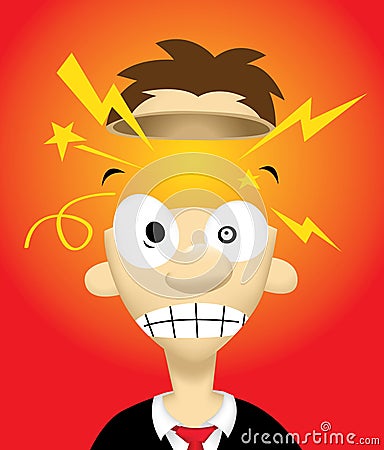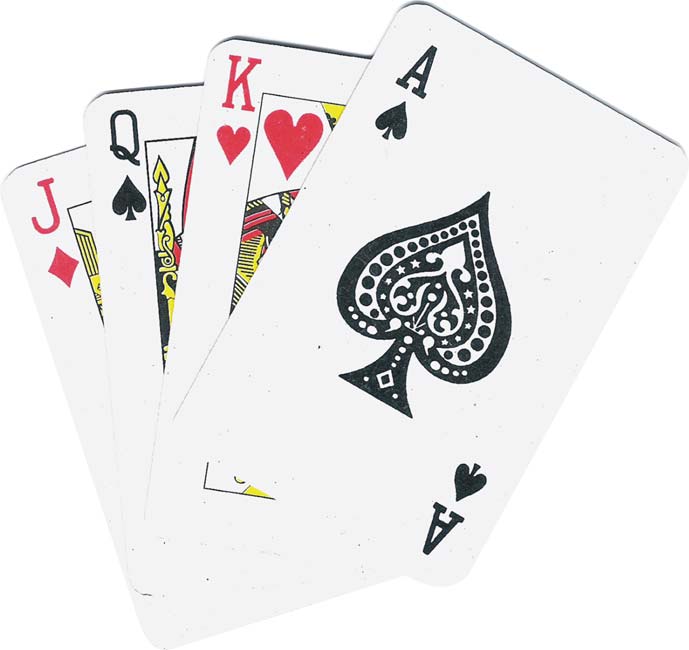 As
the students walk into a math classroom, the students have one thing on their
mind, " math is so boring! Why do we have to learn it?" In Professor
Su's lecture, "My Favorite Math
Facts", he talks about how starting off a class period with one math fun fact
can change a students perspective about math. These math facts show the
students that there is more to math than just numbers on a paper and calculus
equations that need to be memorized. I enjoyed
the lecture that was given by Professor Su to the Grand Valley student in which
he shared his favorite math facts that he has shown his students throughout his
years of teaching. It was very interesting to see some of the facts that he
presented, I have already seen throughout my years of being a math student. I
wrote a proof about the nine point circle and how the points correlates to the
midpoints, the feet of the altitude, and the orthocenter. Professor Su also presented the different
ways that the Pythagorean Theorem can be proven. In one of my classes I had to
write a formal proof solving the Pythagorean Theorem in the way that made the
best sense to me. Also with the Pythagorean Theorem, we discussed in my class
how it is represented in neutral and spherical geometry. The last fun fact that
I knew was the friendship theorem. I discussed this in two of my classes on different
occasions and how it can be proven by using simple math.
As
the students walk into a math classroom, the students have one thing on their
mind, " math is so boring! Why do we have to learn it?" In Professor
Su's lecture, "My Favorite Math
Facts", he talks about how starting off a class period with one math fun fact
can change a students perspective about math. These math facts show the
students that there is more to math than just numbers on a paper and calculus
equations that need to be memorized. I enjoyed
the lecture that was given by Professor Su to the Grand Valley student in which
he shared his favorite math facts that he has shown his students throughout his
years of teaching. It was very interesting to see some of the facts that he
presented, I have already seen throughout my years of being a math student. I
wrote a proof about the nine point circle and how the points correlates to the
midpoints, the feet of the altitude, and the orthocenter. Professor Su also presented the different
ways that the Pythagorean Theorem can be proven. In one of my classes I had to
write a formal proof solving the Pythagorean Theorem in the way that made the
best sense to me. Also with the Pythagorean Theorem, we discussed in my class
how it is represented in neutral and spherical geometry. The last fun fact that
I knew was the friendship theorem. I discussed this in two of my classes on different
occasions and how it can be proven by using simple math.
Professor
Su also presented fun facts that I did not know to the student body that were
very interesting. My favorite one that he showed was the "magic
trick" of the black and red pair of cards. He uses this trick to show
people his magical side but in reality it is just some simple math and arrangement
of the deck of cards.
The Red and Black Card Trick Revealed
material
2) one mathematician
step-up: arrange the deck of cards every other color
(black,red,.....black,red,black,red)
let the trick beginning
1) hand the deck of cards to a student already split
in haft (important note: make sure when you split the deck the colors on the
bottom are two different colors)
2) have the student shuffle the cards only one
time by the bridge shuffle and give the deck of cards back to you
3) put the deck of cards behind your back and
"pretend" to fish around for two different cards
4) Pick the first two cards off the top of the deck!
If the trick was done correctly the two cards will always be a pair of black
and red cards!
LET THE STUDENTS BE AMAZED!
These simple math fun facts can help students become interested in the world of
numbers. One fun fact can show the students there is a reason in learning math
and it is not so boring after all!
For more interesting math fun facts, click here.
